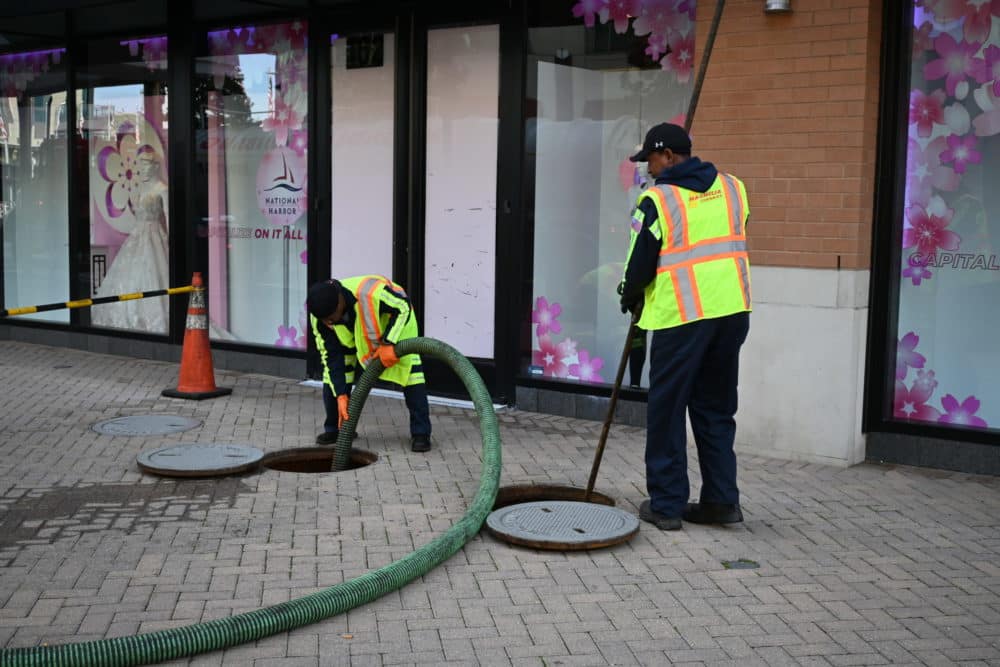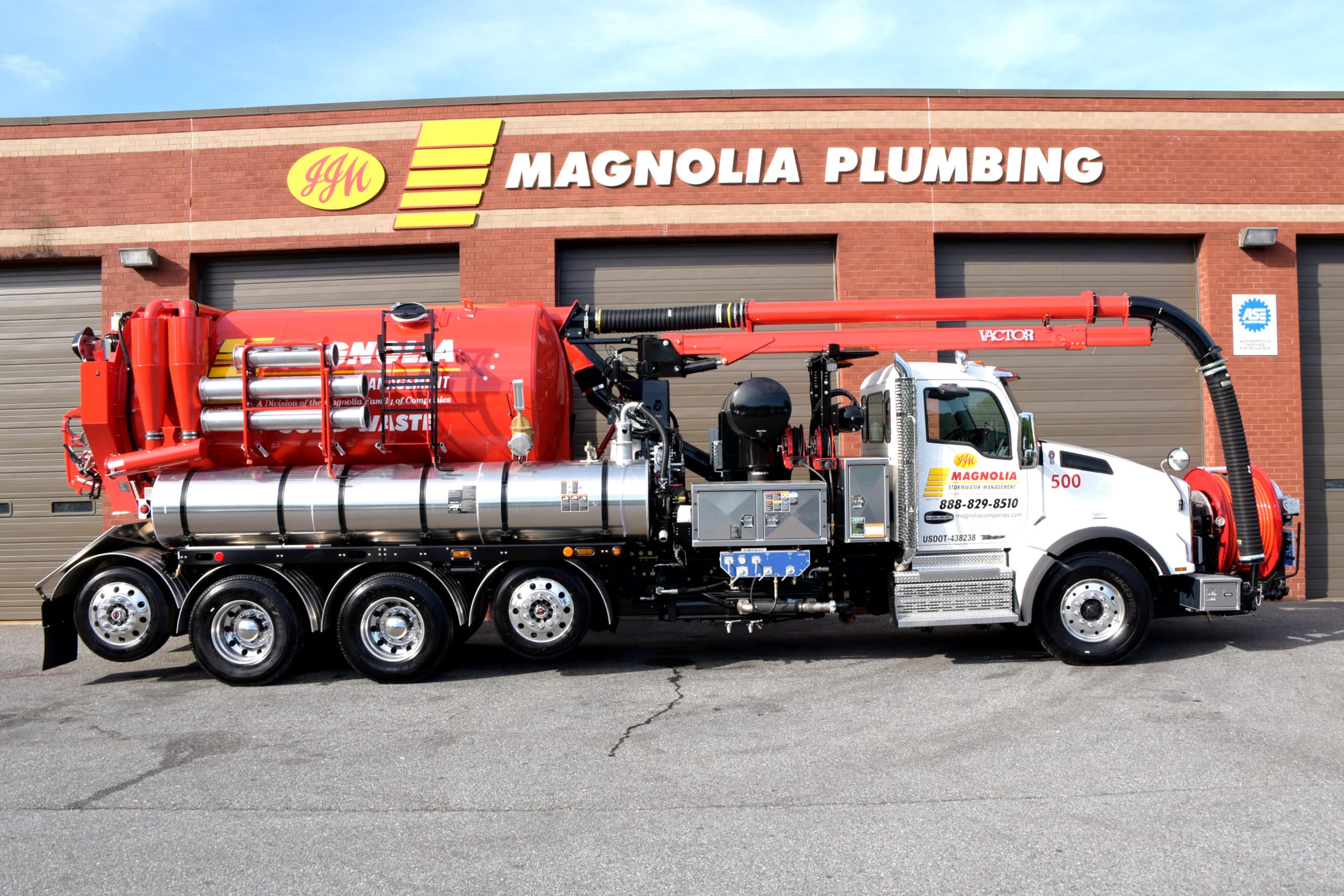Grease Traps in the Washington, DC Area
A grease trap (also called a grease interceptor) is a receptacle installed between your building’s sewer line and the city’s sewer main. As wastewater flows into the grease trap, fats, oils, and grease (FOG) floats to the top of the chamber. Solids will sink to the bottom of the chamber, leaving only liquid waste water to flow into the sewer main.
A grease trap is necessary for preventing damage to the city’s sewer main. FOG deposits clog sewer mains so thoroughly that many cities have made grease interceptor installation mandatory. Not only does a grease trap protect your plumbing and business operations, but it could also save you from a hefty municipal fine.
We install and service grease traps for various food service establishments (FSE):
- Restaurants
- Hotel kitchens
- Hospitals
- School kitchens
- Bars
- Factory cafeterias
- Clubs
Since 1950, we have been taking care of our local community’s grease interceptor installation and pumping needs. We know that on every job we do, our reputation is at stake. That’s what it takes to deliver exceptional quality. Call now to request an estimate or schedule service.

What Kind of Grease Does it Handle?
Not all grease is the same. A grease trap handles both yellow and brown grease:
- Yellow grease – Also known as fryer oil and/or cooking oil, this type of grease consists of used cooking oil, used and/or recycled vegetable oil, and waste vegetable oil. It is yellow in nature, hence its name. This type of grease is used in secondary products such as soap, detergents, and animal feed, as well as for biodiesel vehicles.
- Brown grease – This type of grease refers to fats, oils, and grease that do not fit into the categories of yellow grease. Brown grease has a high level of fatty acids, so it can’t be used for animal feed. This type of grease can also come from sources like commercial dishwashers and kitchen floors drains, so it can be very dirty and quite odiferous.
A volume–based grease trap works based on volume and the retention time of the wastewater. The average size is 300 gallons, and this type of trap is most typically installed underground or outside. This type of grease interceptor does not need an upstream sink tail piece flow restriction or flow control device. According to Chapter 21–1502, all volume–based grease traps that reside outside must be cleaned and pumped every 90 days; this is the same for the WSSC (Washington Suburban Sanitary Commission), 818.4.3.
A flow–based grease trap is going to be sized and operated in accordance with the flow rate of the wastewater coming into the trap. This type of grease trap has a specific requirement for an upstream sink tail piece flow restriction and a flow control device. There are two kinds of flow–based grease interceptors: passive flow–based interceptor and a mechanical flow–based interceptor. A passive flow–based interceptor has no mechanical grease removal features while a mechanical one does.
All indoor grease abatement systems must be pumped and cleaned every 30 days according to Chapter 21–1502 codes of Washington, DC. Additionally, according to the WSSC, 818.4.3, the maintenance and cleaning for all flow–based grease interceptors must be performed by the standards set forth by the manufacturer or by the 25% rule, whichever is the more stringent.
Our pump trucks, also known as vacuum trucks, are used to pump or evacuate the contents from grease traps, grease interceptors, oil/sand interceptors, and other types of liquid waste. Once the systems are evacuated, we dispose of the materials at approved facilities.
A grease recovery unit (GRU) is a special type of grease trap that uses internal mechanical parts and heat via an electrical connection to automatically skim the grease off the top and feed it into a barrel. The mechanical components must be regularly checked and serviced for proper operations. The barrels of the grease recovery units must be pumped as well. With 70 years of experience, you can count on Magnolia to service your grease recovery unit and ensure that it is functional and hygienic.

Grease Interceptor FAQs
Magnolia Plumbing, Heating & Cooling provides Commercial Liquid Waste Pumping services in the DMV area, including Washington DC, Silver Spring, Alexandria, and Arlington. View our service area here.
Ready to schedule a service
for your home or business?
Questions?
Schedule Service
